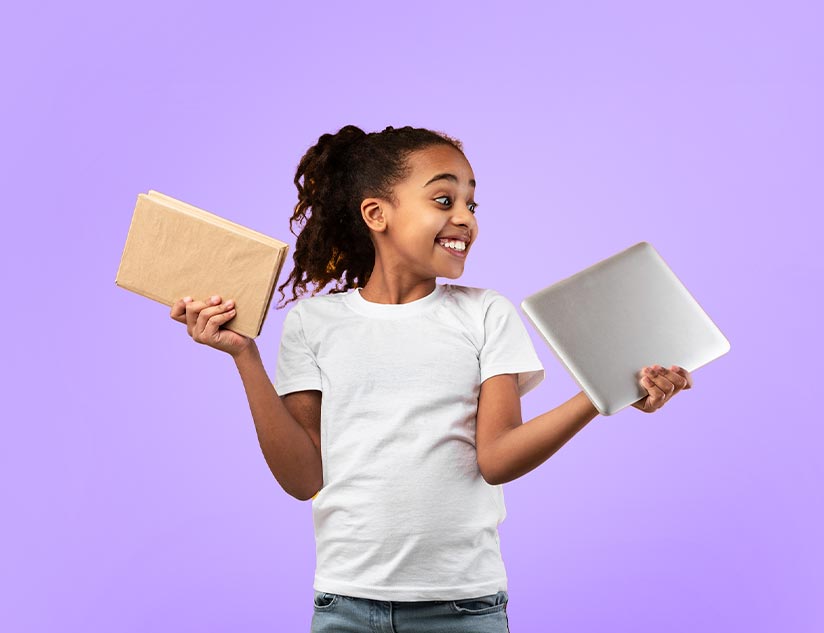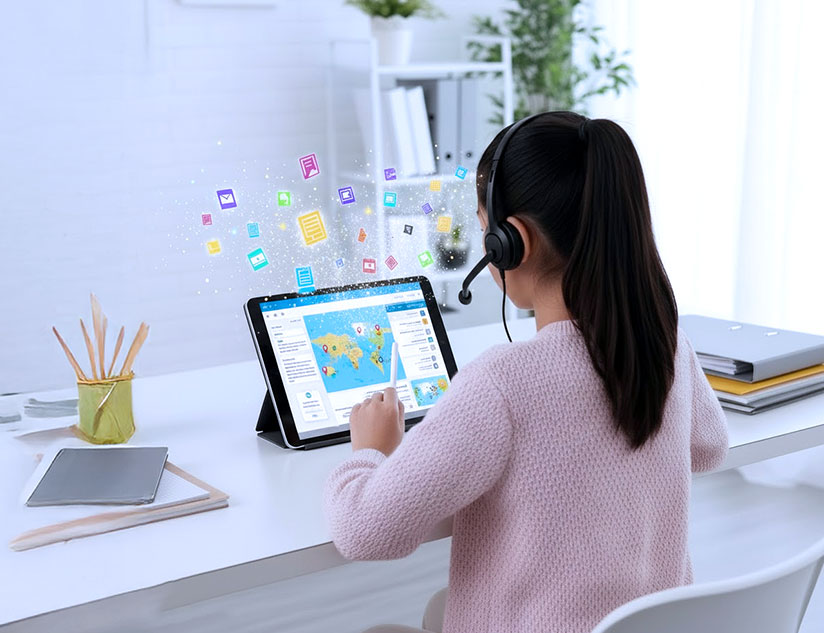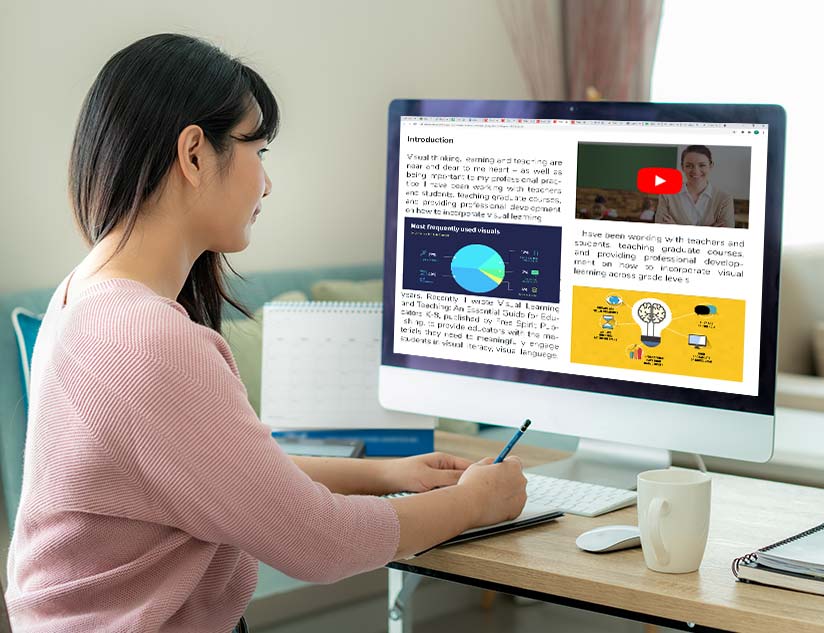“There is nothing permanent except change.” -Heraclitus
Change is always good; it gives you a fresh start & encourages you to focus on horizons that have never been touched. Education industry too has changed over the years. Slowly & steadily, re-inventing itself after each phase. The evolution of the traditional way of teaching got a head start when print medium came into existence. Printing text, changed the way world understood education & learning.
Decades later, digital media revolutionized the way content was created, visualized and read. This new learning methodology changed the way industry used to: create, share and access content. This revolution was backed by Technology, Technique & Talent – “The 3 T’s”.
If the print era was called as “The Golden Era for Learning”, the new revolution in education industry was termed as “The Era of Digitization”.
So what are the educational technology trends that have been making the biggest waves lately?
Technology:
Virtual Reality:
- VR as famously called was a step forward in bridging the gap between theoretical knowledge & practical implementation. Virtual reality facilitated the creation of real-life simulations, and created an immersive experience for any user that makes him feel as if he is actually interacting with the digital environment.
- VR enabled students to interact with each other as well as within a three dimensional environment.
- It became the next big thing & was used not only in schools but in various other fields like aircraft training’s to enhance learning experience for real life environments by creating a simulation of reality.
Augmented Reality:
- What started as something that was simply “cool” has become a way to engage students like never before. It added a new dimension to learning.
- AR blended digital components into the real world in such a way that they enhance one another.
- It has a great potential in education, and redefines eLearning. It not only offers an innovative learning space by merging digital learning materials into the format of media with tools or objects; it also aligns with notions of education where learners control their own learning, through the active interactions with the real and virtual environments.
- As eLearners we understand the concept of learning online and offline, but now AR combine both the worlds.
Technique:
With changing times, schools & institutes have realized the influence of Technology. They also understand that technology when combined with technique impacts that entire audience.
Flipped Learning
- Flipped Learning is a form of blended learning where students learn their lessons at home by watching video lectures and studying content online, and then doing their homework in class.
- Technology come handy here, where teachers use various mobile-app solutions to create the interactive environment that students benefit the most from.
Virtual or Remote Learning
- Virtual or Remote Learning has helped all those students who were unable to attend classes. These students who either are from remote areas or from economically backward segments, attend schools & session’s virtually through video and access content online.
- Video conferencing, class forums are few other methods that are used by teachers across. This provides a higher quality of learning to their doorstep.
Big Data
- As per the definition big data analyses computation to reveal patterns, trends, and associations, especially relating to human behavior and interactions.
- The analytics enables teachers to get real-time information of the students enabling them to focus on the areas they actually need help with.
Talent:
- With the increase in usage of Technology, there is a high need to strengthen educators & teachers in techniques to handle technology. Though there have been various tech development programs being developed to equip teachers however there is still a long way to go.
- Technology training is one of the most common types of professional development for teachers, however very low percent of teachers rate it “useful” or “very useful.”
- The issue here is that the training’s provided in the programs are focused on technology integration, and less focused on learning how to use the software versus integrating it into the teaching and learning process
- Unfortunately out of the three “T’s”, this is the only one where the entire focus now should be placed because as they say “If we want Tech in the Classroom, Tech the Teachers”.
- To bridge the gap, measures must be taken to improve teacher training. These sessions need to be more interactive, encouraging teachers to explore the functions of a technology. The assumption that teachers will learn on their own time or be willing to attend unpaid training seminars will only serve to reinforce current classroom downfalls.
- Offering incentives to teachers who go the extra mile to create a blended classroom is another important step in promoting technology use in the classroom.
These are small steps to take to ensure success in child education, and the future of digital technology !!!!











